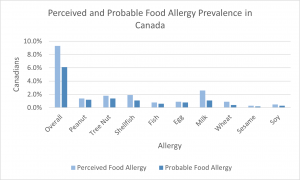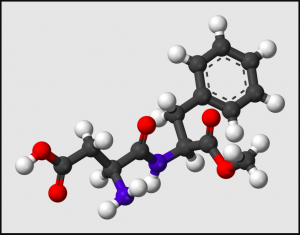Oxygen is crucial to aerobic respiration, a process in the human body that turns sugars and fats into energy. Hyperbaric Oxygen Therapy (HBOT) is a medical treatment that provides patients with pure oxygen, rather than the 21% oxygen in the air. Canada currently follows the Undersea and Hyperbaric Medical Society, which identified HBOT as an effective treatment for 14 select medical conditions in 2011. These include conditions such as carbon monoxide poisoning and anemia.
During the operation, patients enter a chamber that delivers oxygen at a raised atmospheric pressure. The chamber increases the oxygen concentration in the blood, as well as decreases any air bubbles that are present. HBOT follows the basis that a greater oxygen supply to the bloodstream and tissues will promote an accelerated recovery.

A Patient Undergoing Hyperbaric Oxygen Therapy Source: Travis AFB
There are some risks associated with HBOT that patients should be aware of. Excess oxygen levels are toxic to humans, creating reactive species that can hurt the body. Additionally, the pressurized chamber can trigger claustrophobia, the fear of confined spaces, in certain patients. The chamber can also lead to cases of barotrauma, where the pressure inside damages a patient’s ears and sinuses.
However, several factors can reduce the risks that accompany HBOT treatment. Health Canada has to evaluate the safety and efficacy of all medical chambers, issuing licenses to the ones qualified for use. Installation of these devices must then follow strict safety protocols. In regards to the patients, it’s important they verify their medical history to ensure they don’t aggravate conditions sensitive to HBOT. They also need to be attentive to instructions, occasionally taking breaks from the continuous oxygen supply.
While HBOT appears to be an effective form of treatment, Health Canada limits its range of use to a few medical conditions. Monitoring whether its benefits outweigh the drawback will determine if the methodology continues moving forward.




